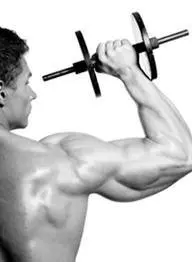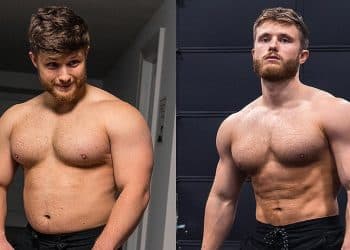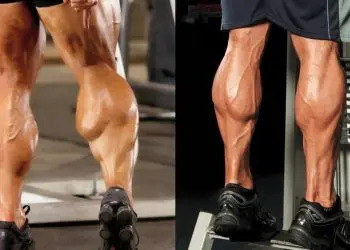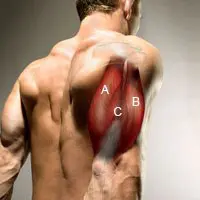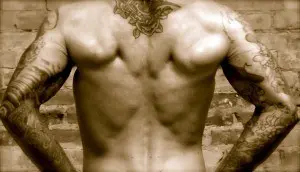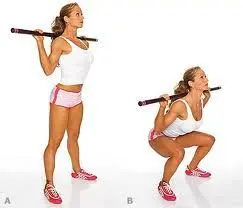It’s time to for most everyone’s favorite subject again – muscles! What is it about muscles that makes us all want ours to be larger and stronger? Granted they definitely look pretty amazing, and strength is something that is always useful.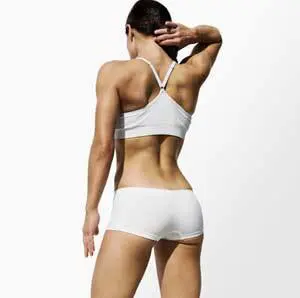
There are those muscle groups that get more of the spotlight than others, and todays helping from the muscle buffet can definitely garner their fair share of attention. The muscle group that we are going to be discussing today is an important one as far as aesthetics are concerned. We can only rely on our tailor for some of that V-taper we all are looking to show off. Once we are without the shoulder enhancing jacket however, it’s up to us to have put the work in at the gym so we can display a nicely rounded pair of shoulders that frames us from a strictly visual perspective.
Not to mention the functional importance of the muscles that are generally known as our deltoids. Without strong shoulder muscles, bench pressing any serious amount of weight is going to be impossible. Or deadlifting any amount of weight for that matter. We need strong shoulders that can be held in place as we pull the weight off of the floor, or we run the risk of ripping our arms right out of their sockets.
That of course won’t be an issue after reading this weeks Muscle Talk series, because we are going to be getting intimate with our shoulders. With that knowledge in hand, we will then go forth and strengthen them as well. As we all know knowledge is power, and power is what we seek.
Before I get into specifics I’d like to relate this to you in general terms. What the core is for our entire body, our shoulders are for anything that we use our arms to do. Much like without a strong core the strength of our limbs will be limited, it is the same with our shoulders. Without functionally strong and stable shoulders, all actions involving our arms will be compromised. To put it another way, there are certain intersections in our body that a heavy amount of traffic all must use, and our shoulders are one of those crossroads. If that makes sense, and you’re ready – let’s get into the specifics now.
The shoulder consists of three bones – the humerus (arm bone), the scapula (shoulder blade), and the clavicle (shoulder bone). The shoulder is held together by a ball and socket joint. The head of the humerus being the ball, and the glenoid cavity of the scapula is the socket. This capsule is thin and loose, as it is a multi-axial joint that allows rotation in all directions, and sacrifices stability in order to allow such an extreme range of motion. The only reinforcement the capsule receives comes from the corahumeral ligament, which supports the weight of the upper limb.
Level Up Your Fitness: Join our 💪 strong community in Fitness Volt Newsletter. Get daily inspiration, expert-backed workouts, nutrition tips, the latest in strength sports, and the support you need to reach your goals. Subscribe for free!
Towards the anterior part of the shoulder there are three glenohumeral ligaments. These ligaments all play different roles in stabilizing the arm bone. This is very important to understand, because your back or chest may be strong on their own, but that strength will be irrelevant without an extremely stable shoulder. Unless the shoulder joint can bear the weight that your chest or back is capable of moving, your muscles won’t be able to grow stronger or larger.
Also involved in the structural integrity of the shoulder are some of the posterior (back) muscles we spoke about in last weeks Muscle Talk posts. Helping to keep the shoulder joint stable are the levator scapulae, the trapezius, and the rhomboids. These three muscle groups help to anchor the shoulder joint, as they are responsible for the stability and movement of our shoulder blades.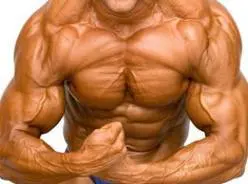
There are four muscles that are within the actual rotator cuff. Those four muscles are the subscapularis, the supraspinatus, the infraspinatus, and the teres minor. These are the muscles that directly stabilize the shoulder joint, and allow for the shoulder joint to function. Without these muscles providing stability, and their contribution to movement, the functions of the large, superficial deltoid would be impossible.
The deltoid is probably the part that most everyone is interested in when it comes to the shoulder muscles. This is the muscle that is responsible for the rounded contour of our shoulder – that is if we have built enough muscle. This is the site that is usually used for injections due to the area being quite fleshy. The deltoid is the prime mover of arm abduction when all of the fibers contract simultaneously. It is the antagonist of the pectoralis major, and the latissimus dorsi, which adduct the arm.
The delts are made up of three distinct sets of fibers, which are usually referred to as heads. The anterior, lateral, and the posterior deltoids are there names, but we usually call them our front, side and rear delts. The anterior fibers (front head) are involved when the shoulder is externally rotated. The posterior fibers (rear head) is the primary shoulder hyperextensor, even more than the long head of the triceps which also assists in this function. The lateral fibers (side head) perform basic shoulder adduction when the shoulder is internally rotated.
That sums up the nuts and bolts of our shoulder joint, and the muscles that serve to move our arms. This is a very complex joint that needs to be treated with great care – if we take care of our shoulders, they will take care of us. Part of that care involves a good deal of strengthening, as we have no choice but to use our shoulder muscles in most everything that we do. It then stands to reason that it is best that they are prepared for the work load we thrust upon them.
All of that is of course up next when we resume with the second Muscle Talk post of the week. Everything you need to know to keep those shoulders functioning, and the best exercises and techniques to use to grow yourself a nice pair of boulders on both sides of your upper body will be covered. Before then though, we have the weekly edition of Super Foods coming your way tomorrow. I hope to see you all here then,
Happy Lifting!

